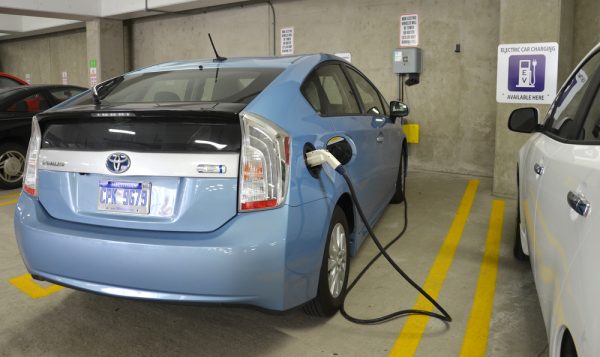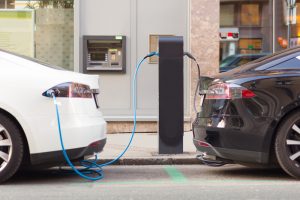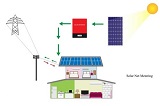There are more than 16,000 electric vehicles currently on the roads in Ontario, but only about 1,300 public chargers available. As electric vehicles become increasingly popular, the Ontario government has committed more resources to building the necessary infrastructure to meet high demand.

The province has recently announced plans to make it easier for EV drivers to get around with its new Workplace Electric Vehicle Charging Incentive program.
With this program, the province is investing up to $5 million to defray the cost of installing EV charging stations for employers and commercial building owners. The program will provide 80 percent of the capital costs to install level 2 chargers, up to $7,500 per charging space. Level 2 chargers use 240-volt electrical connections, similar to a stove or clothes dryer, and can charge a vehicle’s battery from 0 to 100 percent within four to eight hours, depending on the charger and the vehicle.

Electric Vehicle Charging Stations
Ontario’s Electric Vehicle Charging Incentive program has already provided homeowners with similar incentives – since January 2013, homeowners have received approximately $2.2 million in funding for the installation of almost 2,600 home charging stations.
How Does It Work?
Under the program, the number of chargers allowed per workplace depends on the number of parking spaces. It starts with up to two chargers for up to 74 parking spaces, then increases to parking lots with more than 1,250 spaces being allowed 50 charging station incentives. If the parking spaces are publicly available, like in a parking garage, the number of incentives per space decreases. Lots up to 149 spaces get two incentives, and 2,500 are required for the maximum incentive.

Condo and Apartments EV Charging Stations
Applications opened Jan. 16, and will be reviewed and processed on a first-come, first-served basis until the program funding is depleted. The subsidized installations will not be required to allow free charging, but must remain in operation with the same building or workplace for at least five years.
These new incentives will help encourage condo and apartment residents who don’t have access to garage charging to consider buying plug-in vehicles. It also gives owners of existing buildings a good reason to add charging stations, and benefits those constructing new buildings, which are now required to have chargers as part of Ontario’s new EV-friendly building code regulations.
The province has established a goal of 5 percent of new car sales per year (around 14,000) being EVs by 2020.
Climate Change Action Plan
The funding for this investment, part of Ontario’s five-year Climate Change Action Plan, comes from proceeds from the province’s carbon market. The Climate Change Action Plan aims to reduce greenhouse gas emissions to 15 percent below 1990 levels by 2020, 37 percent by 2030 and 80 percent by 2050.

Tesla EV Charger
Making it easier for people to switch to electric vehicles is one excellent way to achieve this goal, since greenhouse gases from cars account for more emissions than those from the iron, steel, cement and chemical industries combined. By building more electric vehicle charging stations at workplaces across Ontario, the government is encouraging more drivers to make the switch to an electric vehicle for the sake of future generations.










